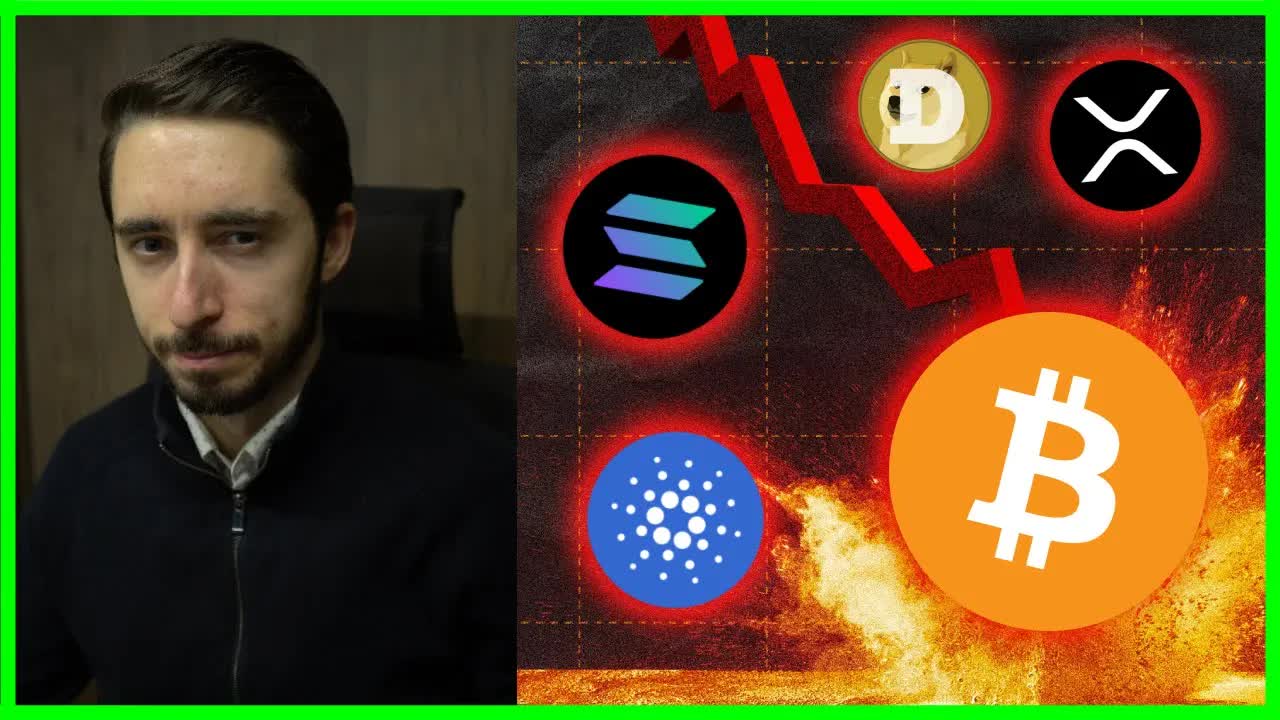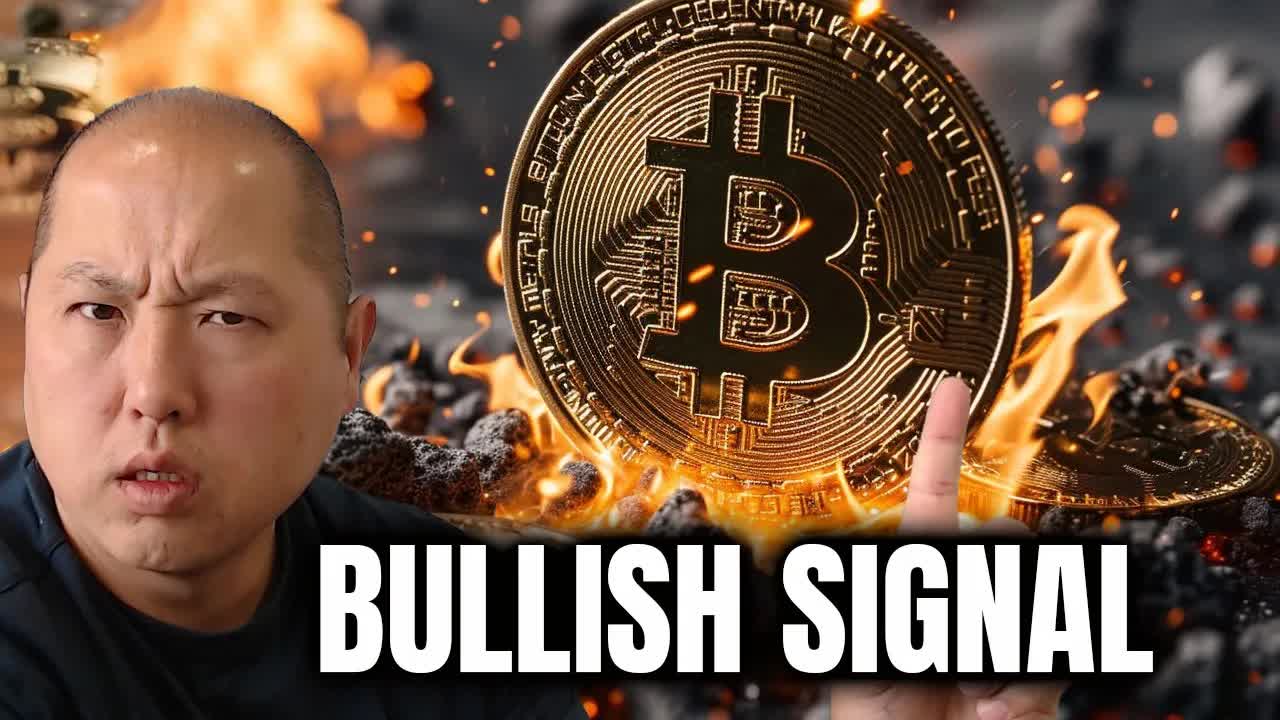Bitcoin Takes a Breather: Doji Candle and Pre-Fed De-Risking
Wednesday, Dec 18, 2024 4:19 am ET
Bitcoin, the world's leading cryptocurrency, has been on a rollercoaster ride in recent months, with its price soaring to new heights and then taking a breather with the formation of a Doji candle on the 1-week chart. As the market awaits the Federal Reserve's final meeting of the year, investors are closely monitoring Bitcoin's price action and the potential implications of de-risking by financial institutions.
The Doji candle pattern, observed on the 1-week BTC/USD chart, reflects market indecision and a pause in the recent bullish momentum. A Doji candle forms when the opening and closing prices are nearly equal, indicating that neither buyers nor sellers had a significant advantage. This pattern suggests a stalemate between bulls and bears, with neither side able to push the price in their favor. The Doji candle, in this case, serves as a warning sign for traders to be cautious, as it may signal an impending trend reversal or consolidation.

The potential implications of the Doji candle pattern on Bitcoin's price volatility and trading volume remain uncertain. While the pattern could indicate a temporary lull in the upward trajectory, it may also signal a potential trend reversal or consolidation. Investors should closely monitor the situation for further developments, as the next candle's closing price could provide valuable insights into Bitcoin's future direction.
AFMD, ALGS, ALXO, AOSL, ARQQ...Market Cap, Turnover Rate...
De-risking by financial institutions can impact Bitcoin's liquidity and volatility by reducing access to banking services for cryptocurrency exchanges and users. This can lead to a decrease in trading volumes, making the market less liquid and potentially increasing price volatility. However, Bitcoin's decentralized nature and growing adoption by institutional investors can mitigate these effects.
Regulatory pressures significantly influence de-risking decisions, as seen in the banking sector's reduced risk appetites and increased scrutiny of anti-money laundering/countering the financing of terrorism (AML/CFT) measures. This drives financial institutions to exit relationships with perceived high-risk clients, limiting their access to the global banking system. In the context of Bitcoin, regulatory uncertainty and fears of increased scrutiny have led to market volatility and a "breather" after a Doji candle formation, reflecting indecision among investors.
As regulatory clarity and de-risking pressures evolve, Bitcoin's market dynamics will continue to be shaped by these factors. De-risking could impact Bitcoin's adoption and integration into mainstream financial systems, as banks reduce their risk appetites and engage less with cryptocurrency exchanges and service providers. However, blockchain technology, which underlies Bitcoin, offers solutions to mitigate these risks, such as enhanced transparency and traceability, making it an attractive alternative for financial institutions seeking to manage risk more effectively.
In conclusion, Bitcoin's recent Doji candle pattern suggests market indecision and a pause in the bullish momentum. As the market awaits the Federal Reserve's final meeting of the year, investors should closely monitor Bitcoin's price action and the potential implications of de-risking by financial institutions. While the Doji candle pattern may indicate a temporary lull in the upward trajectory, it could also signal a potential trend reversal or consolidation. As regulatory clarity and de-risking pressures evolve, Bitcoin's market dynamics will continue to be shaped by these factors, with blockchain technology offering solutions to mitigate risks and promote adoption.










